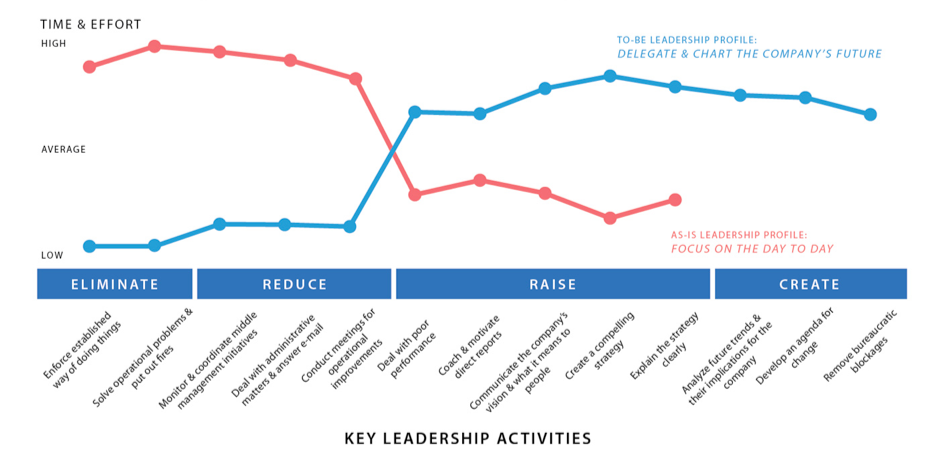If not you, then who?
If you look at Australian politics at the moment you could be forgiven for despairing. Our leaders on all sides are missing in action.
If the CEO or Board of Australia is not able to create a compelling vision and strategy for the good of the country and then implement it – who can? The answer, is the same for the country as for an organisation. Prime Minister/CEO/Board and cabinet/executive leadership team – if not you, then who?
Who is handling strategy development and implementation?
The only group accountable for strategic leadership of a country or an organisation is the top leadership team and the Board.
So often in organisations, poor performance is a result of a particular level of leadership failing to deliver on their core function. And a core function of the CEO and top team is strategic leadership of the organisation for the long term. No other group is in a position to do this, so if the top team is failing in this responsibility – the whole organisation’s performance suffers. This is the situation Australia finds itself in now.
We seem to be lurching from one embarrassing fiasco to another and meanwhile the people lose more and more confidence and respect in their leaders and despair at their loss of opportunity and hope for the future.
Many leaders progress to top leadership positions for reasons other than a strategic leadership ability – so is it any wonder that top leaders struggle with how to make the transition from more operational roles to ones that require a very different skill set and capability? Some may intellectually understand what is required but may struggle to be able to actually do it. Doing is much more complex than knowing.
Different key leadership activities at different levels
Kim and Mauborgne (Blue Ocean Leadership, HBR, May 2104) put this neatly into a model that builds on their Blue Ocean Strategy framework for innovative strategy development and change. They highlight that different levels of leadership should be doing different things and that if this is not occurring it will impact on staff (or community) engagement and organisational (or country) performance. They use their strategy canvas framework to map where different leadership levels are actually putting their time and effort (i.e. the red line) vs where they should be putting their time and effort (i.e. the blue line) in order to add the most value to their organisation.
You can see more on blue ocean leadership if you click here.
The idea is that different levels of leadership (they use 3 levels – senior, middle and front line), should be spending their time in different areas to support staff and organisational performance. By mapping what leaders are doing now vs what they should be doing (based on feedback), and taking action to change leadership behaviour, leaders can improve staff engagement and organisational performance.
Strategy cannot be delegated
This simple framework highlights a fact that the Prime Minister would do well to ponder. A key responsibility of the top team is the future direction and strategy of the whole organisation (or country) and its effective implementation. If the top team is not doing this, then no one else can.
I have sometimes asked top teams who are reluctant or unable to take on organisational strategy because they are too focused on operational issues - if not you, then who? And the answer is – no one.
I wonder what the Prime Minister and his cabinet’s graph would look like?
So if you are looking for help with this in your organisation or you want an approach to improve leadership effectiveness, strategy and change, give me call.
Susan Kehoe
Consultant | Coach | Change Leader
Work with Susan
Susan is accredited in the use of Blue Ocean Strategy and provides consultancy advice and facilitation, coaching, program leadership and interim executive support to leaders and organisations where there is a need to challenge the status quo, engage people, shift culture and lift performance.
